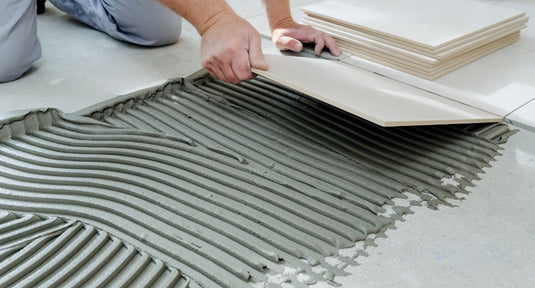Where are nosing for stairs used?
Our profiles are ideal for a wide range of areas and floor coverings. They are mostly used in heavily frequented areas where the protection of the stair edges and safety are of great importance. Below are various areas of application for our stair profiles:
Stair nosings in private households:
Whether indoors or outdoors, you will definitely find what you are looking for with us. In addition, we offer the right profile for every type of flooring. For outdoor use, stainless steel stair nosing profiles are better than aluminum due to its high corrosion resistance. These are mainly suitable for indoor use and impress with various designs that ensure a harmonious appearance.
Use in public and commercial buildings:
The safety function and the visual demarcation of the profiles play a crucial role in preventing accidents. Colored inserts ensure that the steps are visually highlighted. At the same time, they have an anti-slip effect, which further increases safety. The same applies to profiles with grooved surfaces.
Our stair nosing profiles for different floor coverings:
The majority of our stair nosing profiles with the punched leg are primarily designed to be laid in combination with tiles. Nevertheless, they can also be used for other floor coverings such as parquet or laminate if the height allows. Guaranteed protection for your steps.
Stair nosings for vinyl or carpet:
With our F-shaped LVT stair nosing trim you will find a profile that is ideal for thin floor coverings such as vinyl or carpet. The coverings can be pushed into the profile, which means that the edges of the covering are optimally protected.
Step profiles for retrofitting:
With our aluminum step edge profile for retrofitting, you will also find a profile that can be installed independently of the flooring and can also be retrofitted. This is also optionally available in stainless steel. This is simply screwed or glued to the existing covering. This makes the profile ideal for renovations. The existing covering of the stairs does not necessarily have to be removed.
By making the right choice, you can easily extend the lifespan of your stairs and at the same time ensure greater safety.
